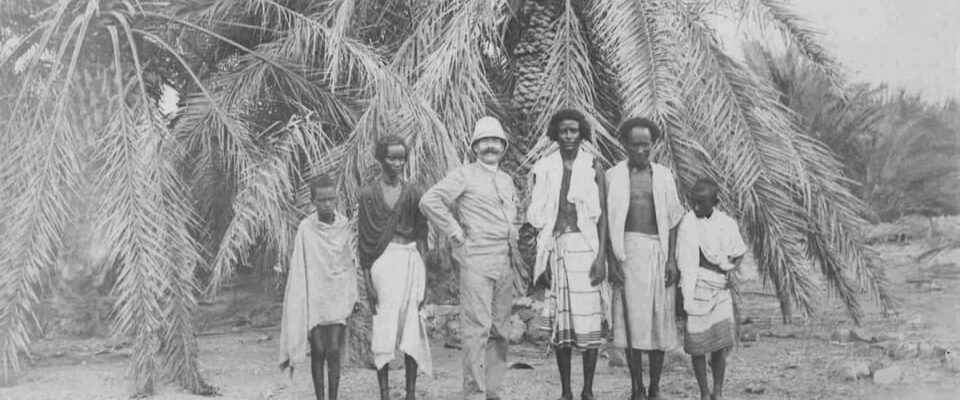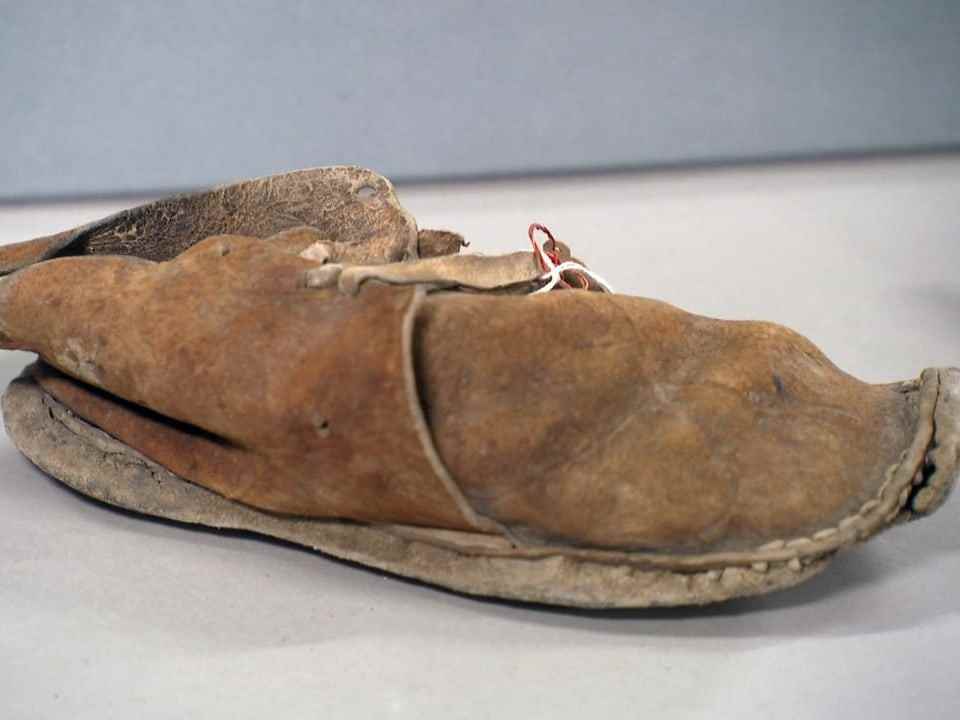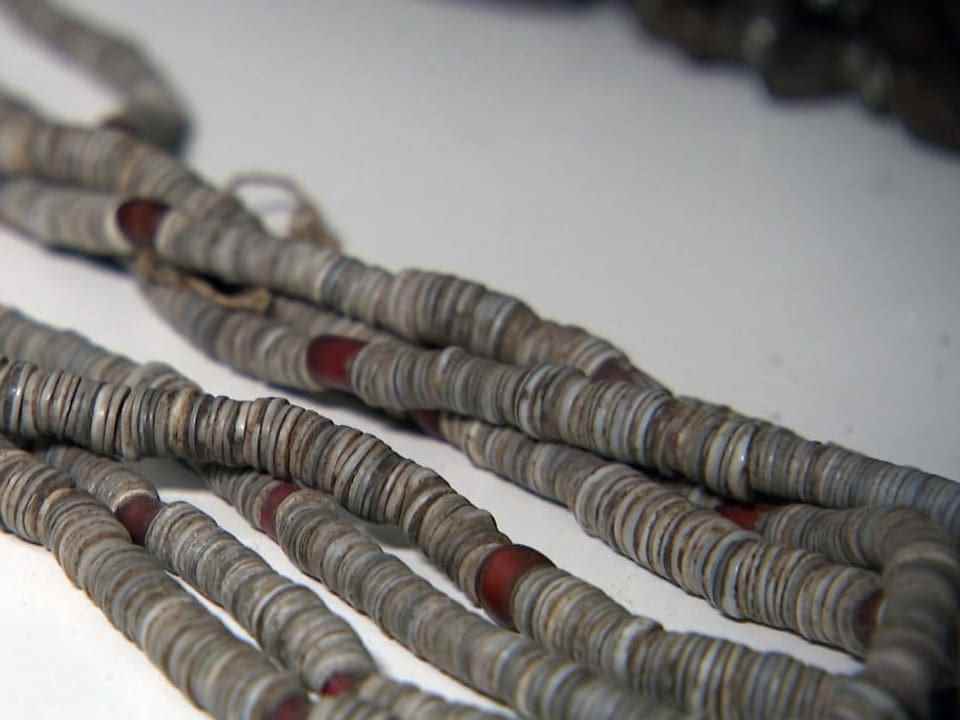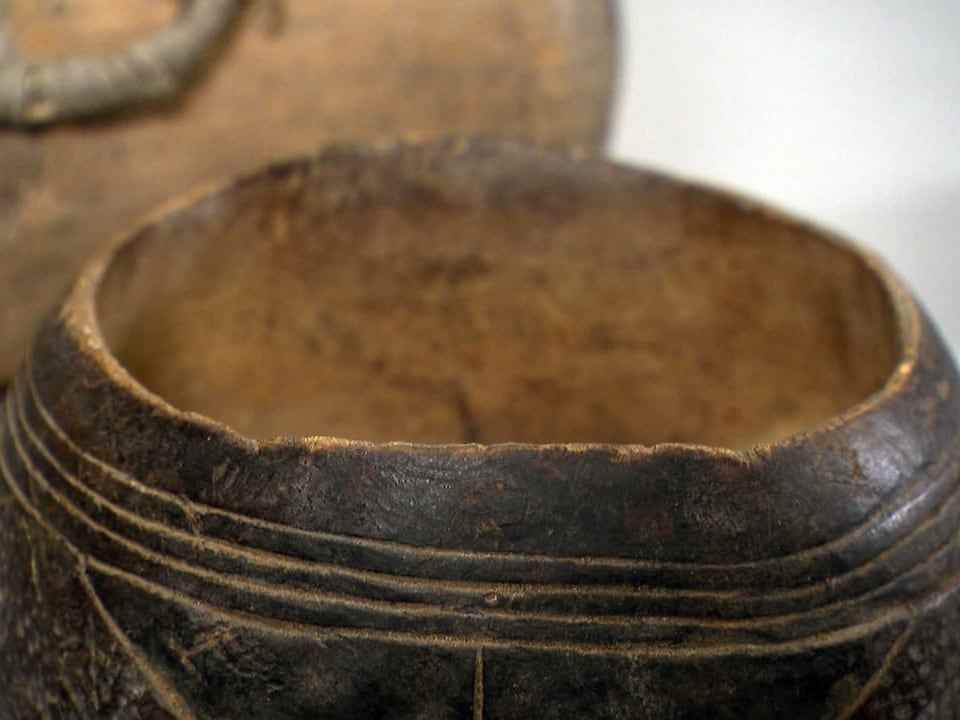contents
How much colonialism is there in Swiss museums? A lot – that shows the processing in the Bernese Historical Museum.
On the fourth basement floor of an office building in a Bern suburb: historian Samuel Bachmann spreads out objects from Namibia on a counter. Headdress, bracelets, a braid that has been cut off, a worn-out child’s shoe. All these objects were collected at a dark time. It was the time of the Herero and Nama genocide in Namibia.
In recent months, the Bernisch Historical Museum has examined its in-house ethnographic collection. The goal: to uncover the interconnectedness of Switzerland with colonialism. Several hundred objects come from Namibia. In the course of his research, historian Bachmann also came across the collector Victor Solioz.
Legend:
Victor Solioz in West Africa. The train builder from Delémont in the Jura brought hundreds of objects to the Bern museum.
Museum of Cultures Basel
Solioz built a railway line on behalf of the Empire. The railway led from the copper mines to the sea, across Herero territory. The Herero revolted, the uprising was suppressed, the violence escalated into genocide – while Solioz collected all sorts of objects, including human remains, on behalf of the museum. “We found evidence that Solioz was loyal to the occupying power and supported their actions,” says the historian. On the other hand, Solioz campaigned for the rights of the local people who helped build the railway.
But how did collectors like Solioz come into possession of the objects? This question led Bachmann to Namibia, to the archives there and to the communities. He found almost no concrete evidence of procurement. But there are many tips: “You could buy complete Herero collections in Namibia.” The collections often came from the households of families who were killed or displaced.
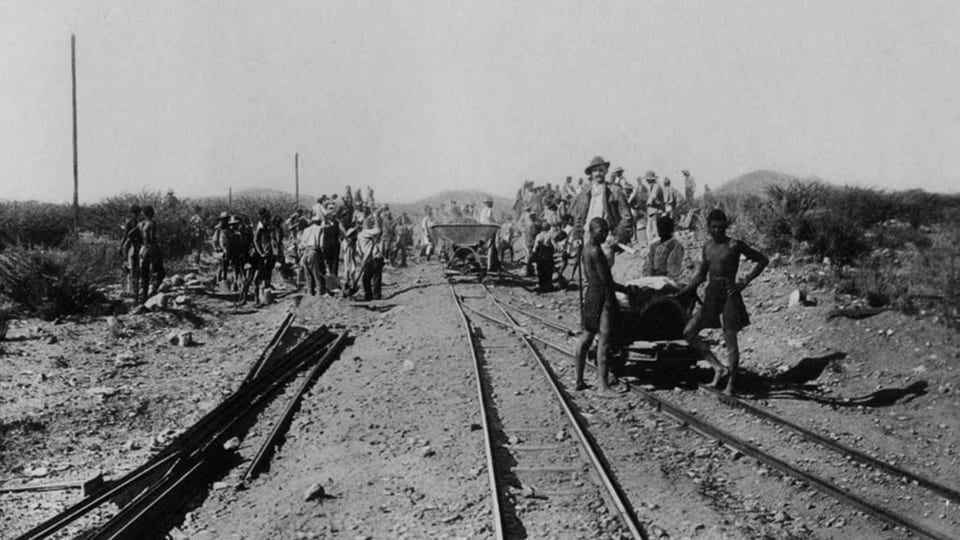
Legend:
The construction of the controversial Otavi Railway in Namibia.
National Archives Of Namibia
In Victor Solioz, the historical museum found a typical Swiss example, says Julia Tischler, Professor of African History at the University of Basel: “Solioz was in the midst of colonialism, even if he perhaps didn’t see himself as a colonial player. »
Not the only collection
Objects from Namibia are not only found in Bern, but in almost all ethnographic collections in public Swiss museums. They come from entrepreneurs, missionaries, sometimes even from German officers. Research into the origins has started in most museums, but is not complete.
What is to be done with the collections now? The Association of Swiss Museums calls for consistent “decolonization”. Means: uncover origin and acquisition and make amends. To do this, the museums would have to establish contacts in the countries of origin, says Tischler: “The museums have to find contacts on site who can be named as owners.”
In contact with Namibia
A start has been made in Bern to build up a network with Namibian actors and institutions. The director of the Museum Association of Namibia, Ndapewoshali Ashipala, recently visited the museum. There are many different opinions in Namibia as to what should happen to such collections. “But in general, people want access to these collections,” says Ashipala.
“There are many possibilities of what can happen to the objects,” says Samuel Bachmann from the museum. He can imagine exhibitions, publications, research work. “It is important for us to discuss these issues with partners in Namibia.” It is also an option for the objects to travel back.
